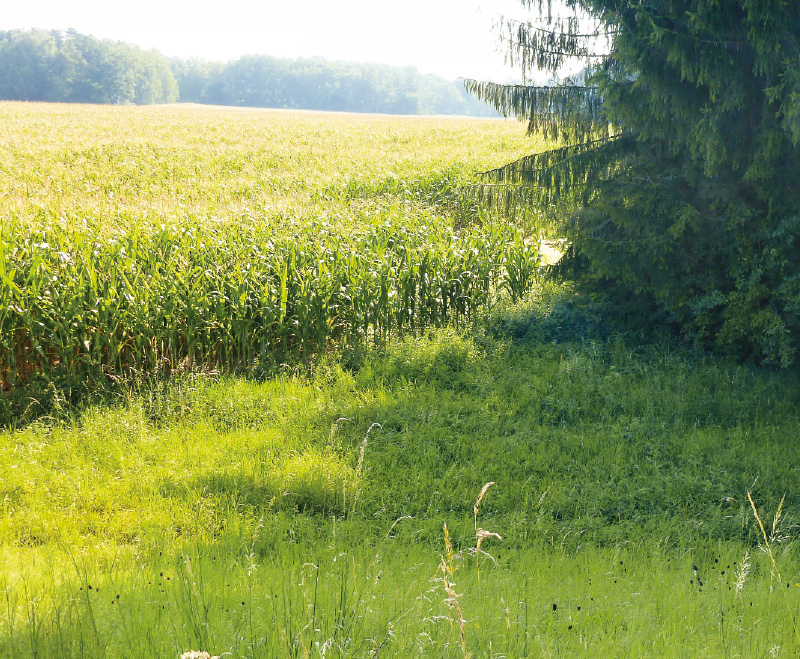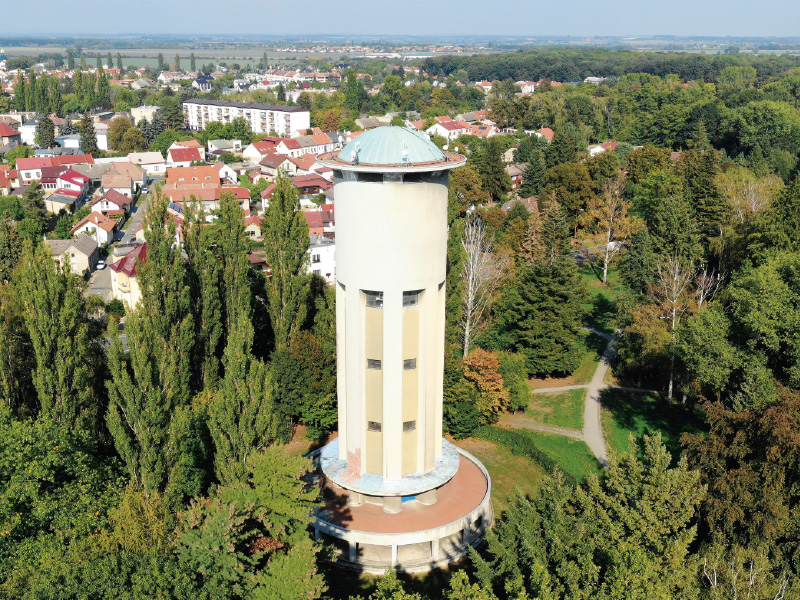Use of effect-based methods to assess surface water status
This article deals with the use of effect-based methods for the qualitative assessment of the state of surface waters in the context of Directive 2000/60/EC establishing the framework for Community activity in the field of water policy and the upcoming amendment to Directive 2008/105/EC on environmental quality standards. The implemented monitoring of priority substances and specific pollutants is not able to capture all sources of pollution that negatively affect surface water quality. Likewise, current practice does not allow a comprehensive assessment of mixtures, including emergent pollutants, metabolites, and transformation products of substances on water quality. Effect-based methods are a suitable tool for ecotoxi-cological evaluation of pollution, which considers all substances contained in the sample and possible effects of mixtures (synergistic effects). They thus provide important additional information for the results of the assessment of the state of surface water bodies.
Dynamics of micropollutant loads into water supply reservoirs Vír I, Opatovice and Ludkovice
Pesticides are still an important group of substances involved in surface water pollution. Their increased occurrence in watercourses in the agricultural landscape is mainly linked to rainfall-runoff conditions, types of cultivated crops, and methods of agricultural management. In order to capture these factors, passive sampling techniques were chosen for the assessment of the load of these substances in selected catchments of water supply reservoirs in the administration of Povodí Moravy State Enterprise. These techniques consist of continuous exposure for several weeks with gradual (integrative) capture of pollution on suitable sorbents. The POCIS (polar organic chemical integrative samplers) were chosen in this work – widely used samplers suitable for capturing polar organic substances. They were applied in eight consecutive sampling campaigns to cover the entire growing season. The aim was to assess the spatio-temporal dynamics (in monthly steps) of selected pesticides and their metabolites into five water supply reservoirs. Due to the scope of the obtained data, this article is focused on the presentation of the results of tributaries into water supply reservoirs Vír I, Opatovice, and Ludkovice, which were monitored in 2021. When the sampling rate Rs was published, it was possible to recalculate the pollution captured by the passive sampler to average concentration during exposure. The results showed which tributaries into the reservoirs were loaded by these hazardous substances in the individual periods of the growing season. The results can be compared with the type of crops grown in a given year.
Space-time dynamic of pesticide loading in the drinking water reservoir Švihov
The article deals with space-time dynamic of non-polar and polar compounds load into the drinking water reservoir Švihov in Želivka river basin during the whole vegetation season by passive sampling techniques. The monitoring on the nine tributaries of the Švihov water reservoir and on the raw water inlet to the Želivka drinking water treatment plant took place for eight months from April to November 2018.
Unrealized tower water tanks
Předložený příspěvek uvádí několik případů nerealizovaných projektů věžových vodojemů na území České republiky. Zabývá se technickým řešením neuskutečněných objektů a zároveň uvádí, jaké důvodu vedly projektanty, úřední orgány nebo investory k hledání jiného řešení.
Selected methods of environmental assessment
The paper outlines the possibilities of selected environmental assessment methods. Its aim is to highlight the growing need to devote to this integral science discipline more in the Czech Republic as well.




